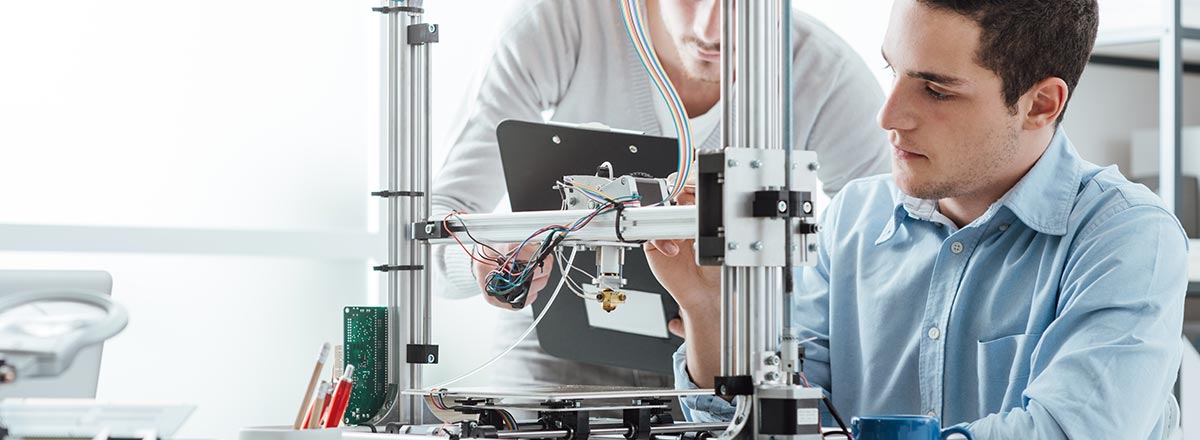
Innovation at Xerox
Xerox has a proud tradition of pioneering research and continues to be in the forefront of innovation.
A passion for progress
From workflow automation to AI-enabled processes, we are streamlining decision-making and innovating for speed and efficiency.


Our Innovation History
Xerox has a rich history of innovation. As the inventors of Ethernet over 50 years ago, we helped build the foundation for today's Internet. In fact, not known to many, the Ethernet's first commercialization was as a communication bus in our production publishing systems in the early 1990s.
Chester Carlson's invention of xerography more than 85 years ago was an extraordinary milestone in the development of the modern information age, as now individuals could share and access information much more easily.
Our heritage of innovation continues to flourish. We have been issued over 50 thousand patents worldwide, and are issued 2 patents each and every day. This is a clear indication of the creativity and innovative spirit of our scientists and engineers.

The Story of Xerography
A classic American success story on a vision turned profit.

Chester Carlson and Xerography
Learn about Chester Carlson and the history of Xerography and Xerox.
How We Innovate

Innovation through Collaboration
Learn about our customer-led product innovation and open innovation partnerships to meet the needs of a single customer or global markets.

Creating Agile Business Processes
Our research focuses on business process automation through scalable platforms that provide solutions to fit your needs.

Sustainable Technology
We turn innovation investments into products and services that help our customers be more productive, profitable and sustainable.

Innovation Insights
Find more articles about what is happening in our labs and the work of some of the brightest minds on the planet.

Microanalytical Insights
Using the latest analytical instrumentation, our analysts provide critical insight to characterize materials.